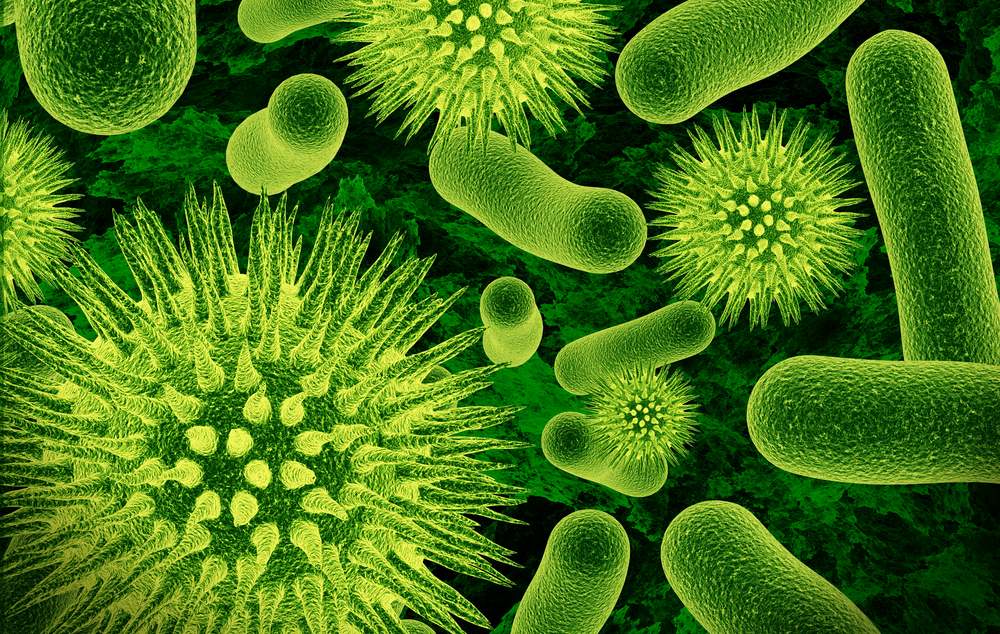Integrating Ecosystem-Scale ’Omics in Microbial Communities.

Soil is a complex ecosystem with diverse microenvironments ranging from bulk soil with low quality substrates and no or very limited microbial growth, to high quality C-rich environments near decomposing litter and rhizosphere where microbial growth and death rates are high. Soil contains different microbial communities, supports varying microbial activities and carbon (C) and nitrogen (N) availabilities. This research, a collaboration among NAU and two DOE National Labs (PNNL & LLNL) addresses whether the microbial taxa exhibit differences in growth and death rates and underlying biochemistry in these environments, and to what degree these responses are genetically determined or environmentally induced. In this work, we have gathered data to test the overarching hypothesis that microbes in these environments exhibit diverse metabolic capabilities and activities, from gluconeogenesis in bulk soil where mainly small organic acids are present to glycolysis in environments rich with carbohydrates; from amino acid catabolism in bulk soil to amino acid anabolism near plant litter or roots; from K-growth strategy with highly evolved and active secondary metabolism to r-growth strategy with high C availability; and from an emphasis on peroxidases and laccases to decompose recalcitrant materials in bulk soil to cellulases to decompose plant materials.
This work integrates data from the metagenome, transcriptome, proteome, metabolome and fluxome of the microbial communities in bulk soil, soil amended with decomposing litter, and rhizosphere soils. This work also involves combining 16O and 18O-water labeling, isopycnic centrifugation, enabling calculation of taxon-specific growth and death rates of the microbial community, and correlating these rates with metabolic capabilities associated with the central C metabolic network, catabolic and anabolic amino acid pathways, extracellular enzymes, and secondary compound metabolism in these three environments (determined by metabolic flux analysis, a technique developed at NAU). Together, these data present the opportunity to link, for the first time, in vivo taxon-specific microbial growth and death rates to metabolic capabilities and activities in strongly contrasting soil environments. Information on microbial growth and death rates, and their metabolic capabilities and activities in undisturbed soil environments is an essential step towards developing more mechanistic soil C cycling models.
Supporting Grants:
Dijkstra, NSF Ecosystem
This research is being conducted by Paul Dijkstra and others.


